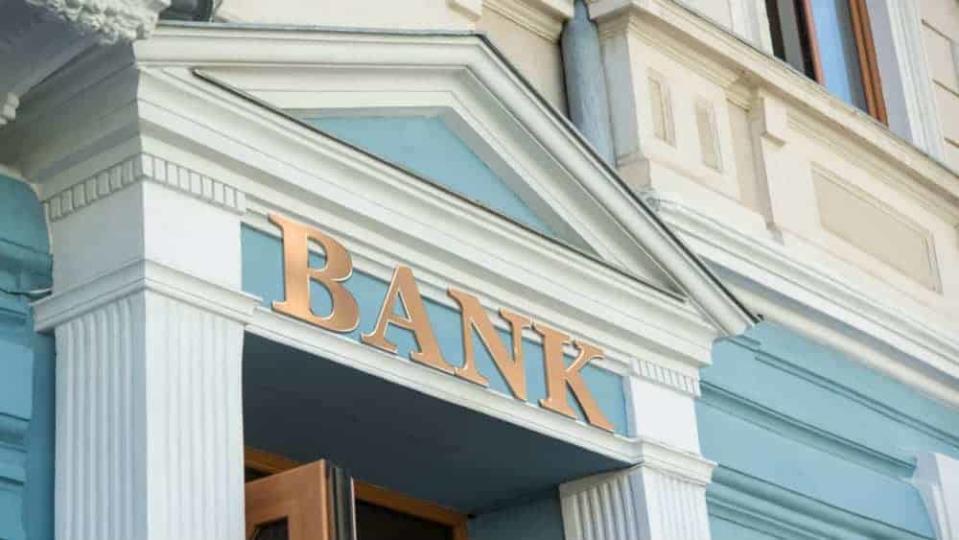Top Bank of Montreal ETFs for Passive Investors to Buy Right Now

Bank of Montreal (TSX:BMO)(NYSE:BMO) is a solid bank with a budding lineup of ETFs. Gone are the days where Canadian investors have to settle for run-of-the-mill TSX funds, those run-size-fills-all blended funds, or those ridiculously expensive actively-managed funds that oftentimes fail to beat the market.
The number of options is growing, and they’re growing fast. For Canadians, too many passive investing options can be overwhelming. While there isn’t as much choice as in the states, I’d argue that right now, there’s the perfect level of passive investment options for investors who are looking to take control of their own financial futures by picking their own options and saving the difference that would have otherwise gone into the pockets of a financial adviser or money manager.
Now, there are a plethora of different ETF products that all do the same thing, most notably low-cost index funds that aim to track the progression of the underlying market index.
What entices me about Bank of Montreal’s lineup of offerings is the varying strategies tailored to specific types of investors. Moreover, such semi-tailored options aren’t at all expensive, with ETFs boasting management expense ratios well below the 1% mark.
A Bank of Montreal ETF tailored for conservative income investors and retirees
Take the BMO High Dividend Covered Call Canadian Equity ETF (TSX:ZWC) as an example of an option that’s tailored to an older, risk-averse income-seeking investor who’s more about dividends and less about capital gains potential.
Just the name of the ETF alone is enough to intimidate any beginner investor. But when you break it down, it becomes more apparent that the Bank of Montreal ETF has a lot to offer to self-guided investors with a certain outlook.
In prior pieces, I described the ZWC as a run-of-the-mill ETF of high-quality, high-yield Canadian stocks, but with one big difference. The ETF also implements the strategy of writing options called covered calls to add a bit of sweetener (premium income) on top of the dividends collected from stocks owned in the ETF.
In short, the ZWC can squeeze out a bit more yield through the covered call strategy. It comes at a cost, though. Capped capital gains upside and a slightly higher MER. Given that markets tend to trend higher over time, covered call ETFs are just not worthwhile for most investors, especially the young and the bullish.
For retirees who need the added income to meet the daily costs of living, the trade-off is worth making, especially since upfront premium income from covered calls is guaranteed, whereas capital gains are not. So, if you’re a retiree who wants income without added downside risks, the ZWC is a great way to get the added income.
What other ETF under BMO is worth a look?
Specialty-income ETFs are Bank of Montreal’s specialty. But they don’t stop there. The bank also offers a wide range of Canadian and international sector-based ETFs (not as remarkable) and ETFs that play on smart beta traits. Think low volatility, solid returns, great management, and other desirable attributes.
With rampant volatility, the BMO Low Volatility Canadian Equity ETF (TSX:ZLB) is also an exciting option for investors looking for a one-stop-shop way to lower their portfolio’s average beta and increase their portfolio’s Sharpe ratio.
Now, low volatility doesn’t mean there’s no volatility. So, do not think that the ZLB is some “magical” way to score returns better than the TSX Index without having to suffer from the occasional bump in the road. On average, the ZLB is less volatile, with better diversification and greater returns relative to the Canadian index. But in times of crisis, the low volatility trait can be nullified, as it was during the 2020 stock market crash.
Bottom line
I’m a fan of Bank of Montreal’s line of ETFs. The roster is growing and is worth checking out if you’re looking for specialty income, low-cost thematic plays, international plays, or domestic plays with smart-beta traits.
The post Top Bank of Montreal ETFs for Passive Investors to Buy Right Now appeared first on The Motley Fool Canada.
5 Canadian Growth Stocks Under $5
Limited Time Only: Get 5 of Our Top Growth Stocks for FREE.
We are giving away a FREE copy of our "5 Small-Cap Canadian Growth Stocks Under $5" report. These are 5 Canadian stocks that we think are screaming buys today.
More reading
Fool contributor Joey Frenette owns shares of BANK OF MONTREAL. The Motley Fool has no position in any of the stocks mentioned.
2021

 Yahoo Finance
Yahoo Finance 